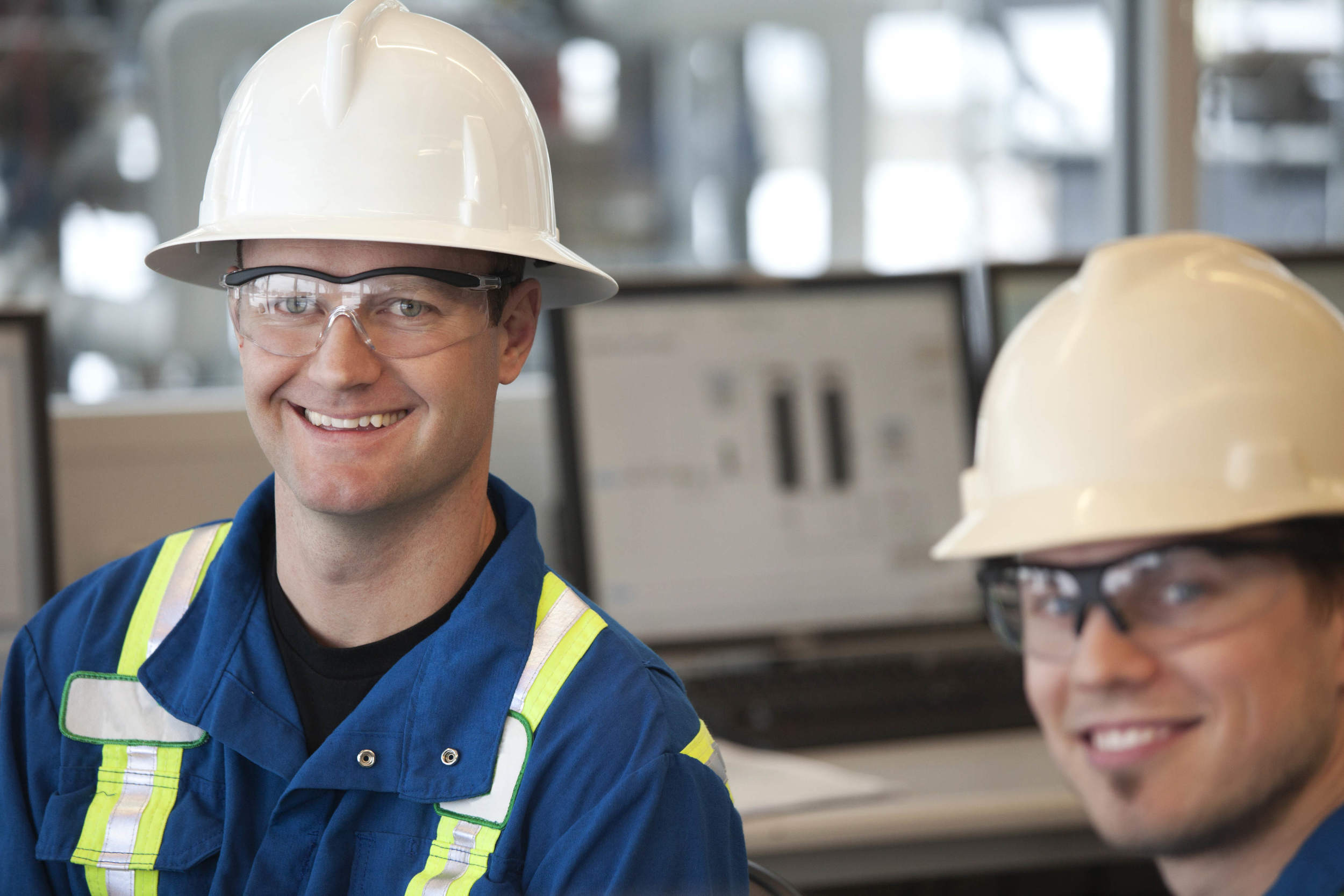Looking back at your younger self, did you ever do something that now seems foolish and excessively risky? We have talked about the phenomenon of “local rationality” several times in the past, which is how our reasoning and decisions are heavily influenced by our immediate context. We are all subject to its impact, including yours truly (see “A Personal Perspective on Context and Risk Taking”), but perhaps even more so when we are young, especially between the ages of 15 and 24. The data are clear. Adolescents and young adults are more likely to engage in risky behaviors than are adults (especially older adults) and workplace incidents are more frequent among this age group.
So is it because young workers are less experienced, poorer decision makers or inherently more risk tolerant? The answer is likely “yes” to all of these questions, but it is more complicated than that. Understanding why young workers do risky things requires an understanding of the neural mechanisms that are at play in these types of situations. While it's a heady topic (forgive the pun), understanding neural development can be of extreme importance when attempting to protect our younger workers.
It has been suggested that the adolescent brain's (cortical) structures - those involved in logical reasoning and decision making - aren't completely developed, which contributes to risky decisions and behaviors. While it is true that the frontal cortex continues development into young adulthood, research demonstrates that, by age 15, logical reasoning abilities have already development equal to those of adults. In fact, 15-year olds are equal to adults at perceiving risk and estimating their vulnerability to that risk (Reyna & Farley, 2006).
In light of this type of evidence, Steinberg (2004; 2007) has proposed that risk taking is the interaction of both logical (cognitive) reasoning and psychosocial factors such as peer pressure. Unlike the logical reasoning abilities that have developed by age 15, the psychosocial capacities that impact logical reasoning have not developed until the mid-twenties and therefore interfere with real-world decision making and risk aversion. In other words, the mature decision making processes of adolescents and young adults my be interfered with by the immature psychosocial processes of this group, and reasoning only shows maturity when these psychosocial factors are minimized...for example, when there are no peers around to pressure them.
Additionally, the limbic system, which is integral to socioemotional processing and also the center for experiencing pleasure, is less developed and highly sensitive in adolescence. Because of this, they will put themselves in high risk situations in the hope of experiencing the “high” that comes from a dopamine rush. Even though the frontal cortex (executive function) is more advanced, the “thrill” that comes from the risk can overpower the logical functions of the brain and lead to risk taking, especially when under stress or fatigue. In other words, at this age, the attraction to rewards causes young adults to do exciting and perhaps risky things while their poor self-control makes it hard for them to slow down and think before acting, even when they know that the risk is present.
So what does this mean for protecting this age group. According to Steinberg (2004), attempts to reduce risk taking in this group by improving their knowledge, attitudes or beliefs have generally failed. Changes to their decision making contexts, by removing peers from the team and having older adults observe them, have had a much greater impact on reducing risk taking behaviors. Rearranging teams, so that young workers are not with their peers, minimizes the impact of negative psychosocial factors on their decisions and is a first step in protecting young workers from their own developing brains. Additionally, teaming young workers with older workers, who have been trained to observe and effectively intervene in their younger counterparts' unsafe performance, will also reduce incidents among this age group. It is, however, very important that mutual respect be nurtured so that coaching does not trigger defensiveness. Creating contexts that minimize the impact of negative psychosocial factors on logical decision making is one way to protect young workers from themselves.


